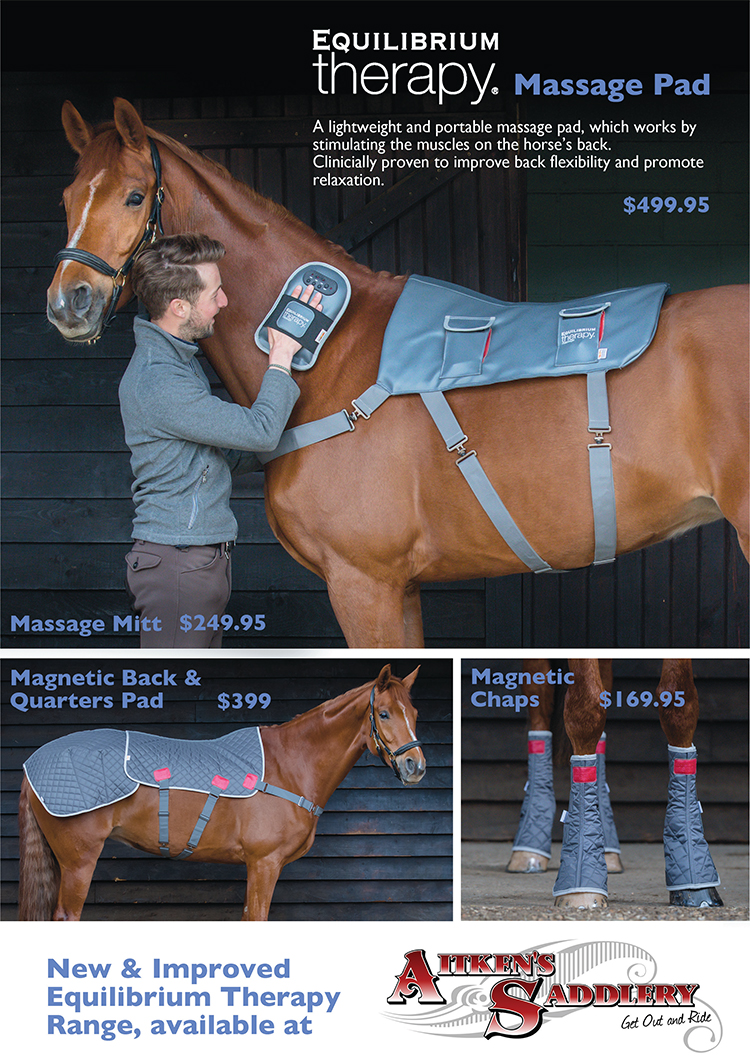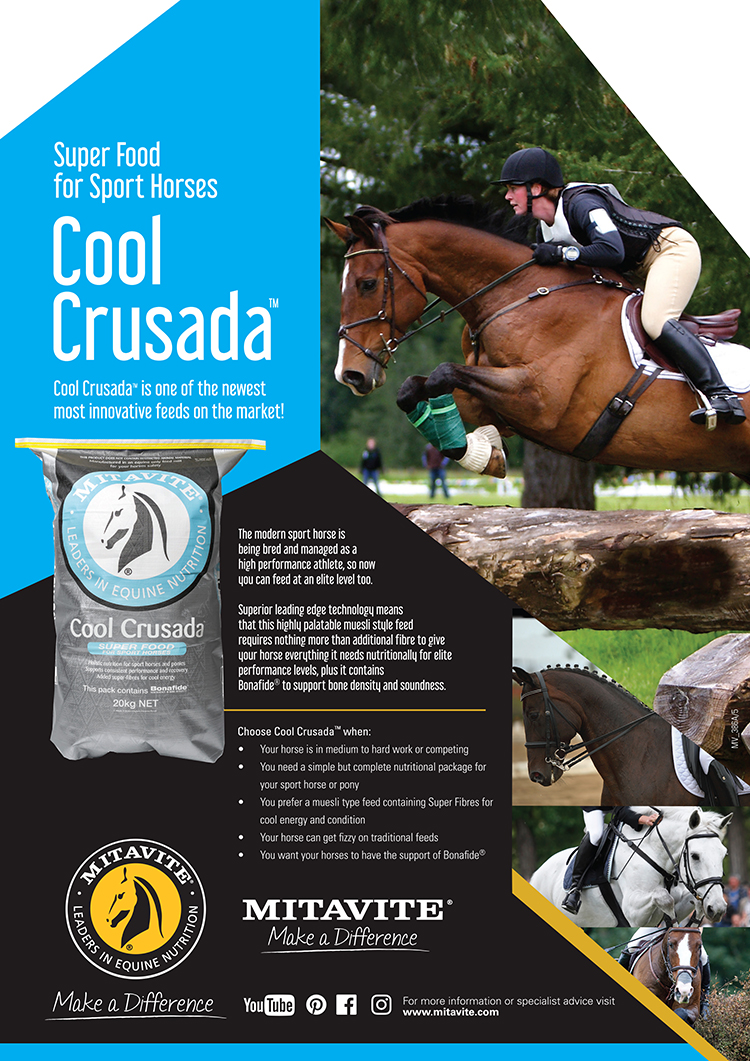Rebecca Ashton has spent the last few months working on making your body more efficient for riding, now she gets to the tricky bit – your brain…
So far most of the exercises I’ve given you have been to really hone in on your riding muscles so that you can better access these areas while you are on the horse. This allows you to go from just having ‘a body’ to being able to isolate and use different parts of your body with good control thus allowing you to have a better conversation with your horse. Exercises are also good to get you out of your comfort zone; testing your limits in a relatively safe environment. As Eric Herbermann explains, “A sizeable portion of the riding task lies in coming to grips with oneself”.
This is really important for horse riders as riding is a potentially dangerous sport and our mind and body know it. Van Schaik explains, “One of the reasons why learning to ride is so difficult is that the natural reactions can be dangerous, or at least counterproductive when one is riding a horse.” As soon as we jump in the saddle our body will to a greater or lesser extent go into survival mode causing us to tend toward our dominant features. Most of us are right or left handed, but did you also know you usually have one leg that stabilises better and one that is more apt at moving? We also have the same dominance with our eyes. All this along with a quicker heart rate and shallower breathing decreases our ability to perform. As does the desire to flex the iliopsoas muscle, one of the hip flexor which readies the body to physically fight, flee or just curl up in the foetal position.
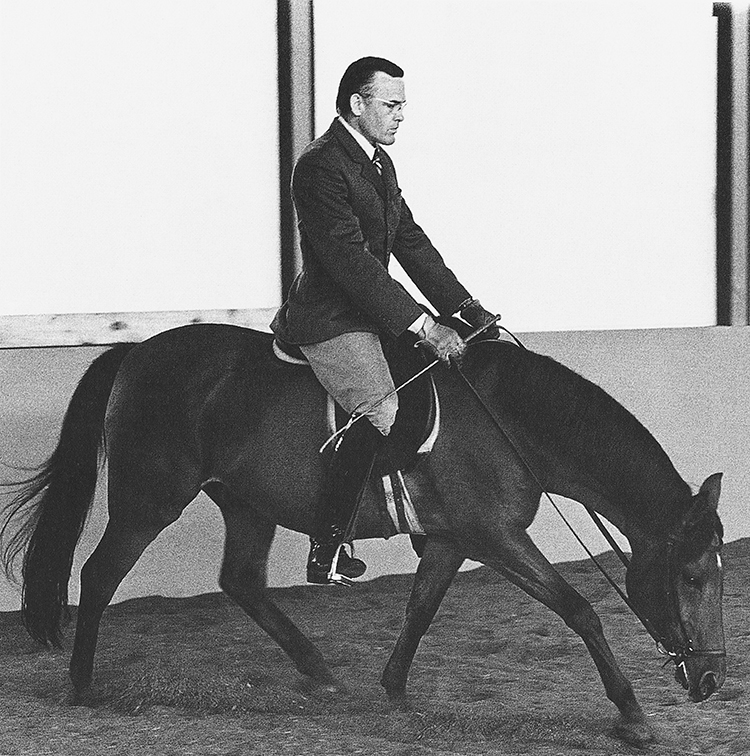
“Dressage is the fundamental obedience training…for the rider!”
– Eric Herbermann
When things go wrong or the pressure is on and adrenaline is up, it’s easy to lose focus, stiffen your body, go into your head and get frustrated. This all works against de Pluvinel’s expectations that all riders must be elegant. Pushing yourself to the limits will help you address these situations in a controlled environment and give you a chance to focus on a solution instead of being overwhelmed by the problem. It will help you to remain relaxed and supple and decrease your tendency to freeze, which affects your posture and your breathing and moves your centre of gravity higher up your body which is less than optimal.
How many times at a competition have you felt frustrated then gone on to make an error of course in your test? The ability to concentrate under pressure is a great skill to have, and one that can be trained via exercise. Herbermann believes that, “Dressage is the fundamental obedience training…for the rider!” You have to be mentally disciplined. Podhajsky agrees that the rider “…must not only be able to control his body, but also his temperament.” (article continues below)
When you undertake a difficult exercise, as with most things in life, it is advantageous to make a plan. If it doesn’t work the first time, it is important to be very aware of not repeating the same steps. When you approach a task with this mindfulness, you will be more able to over-ride your tendency to just repeat what you have already tried because as we all know, if you do what you did, you get what you got! Always look for the solution, be innovative and try news things. The best way to do this is to be creative with your routine and mix it up. If you keep doing the same exercises over and over, your mind and body get used to them and will either switch off or not notice the small bad habits that have crept into your practice.
A good foundation in basic human movement and body awareness will allow for a more varied possibility for solutions and allow you to include different exercises into your routine without risk of injury.
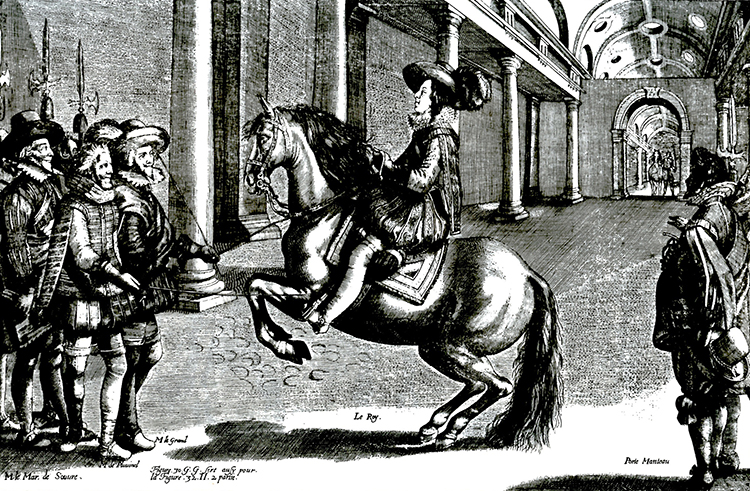
“…vigour, boldness and much patience”, as well as the obvious, “…a love of the horse” – Pluvinel on making a true horseman
A lot of these techniques were driven home to me while in the Netherlands training with Adelinde Cornelissen and her team. Not only were the exercises tough, but then a trainer would throw objects like soft balls at you, “trash talk” you or give you so many instructions that it was almost overwhelming. They would also force you into making a mistake. Just when you wanted to hit someone or give in, it was then that you had to dig deep and focus.
The exercises this month will teach you focus, calmness and improve your ability to deal with stress and pressure. This type of concentrated work will also keep you from focusing on the past. But remember, always have fun, remain solution-focused and keep your confidence up! Hopefully this will aid you in achieving the principles exalted by Pluvinel in making a true horseman, “…vigour, boldness and much patience”, as well as the obvious, “…a love of the horse”.
The first two exercises are executed on fit balls because they make things a little more unpredictable, just like our horses! 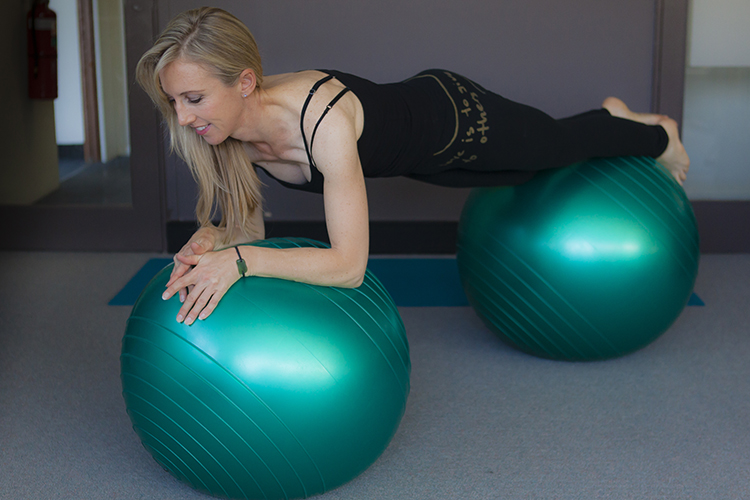 Plank on two fitballs
Plank on two fitballs
Build up to this exercise so as not to hurt yourself. Start with just your legs on a ball and then add the second ball. You really need to work from your core and have good control of your waist. When you feel secure and able to remain relaxed in your neck and shoulders as you balance, get a friend to gently nudge the balls to test your balance and focus further. It will be frustrating, but that’s the point!
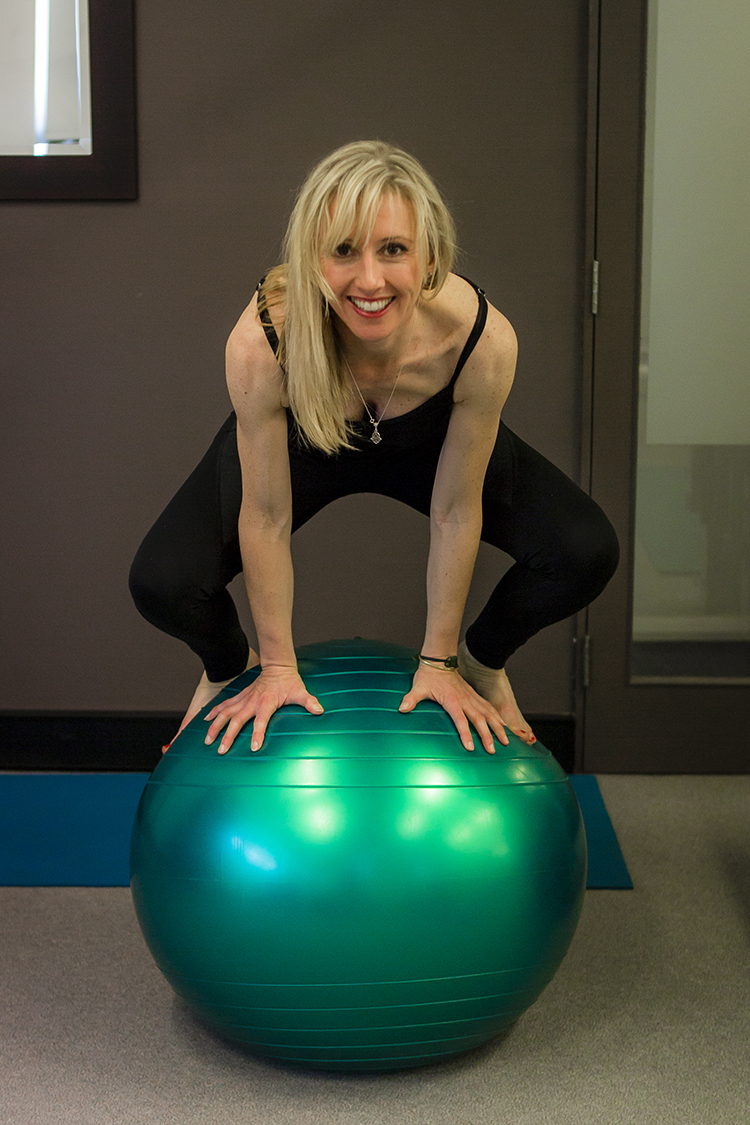
Frog stand on a fitball
As you get on the ball, notice how the ball reacts to your movement and make your body adjustments accordingly. For example, as you bring your second foot up on the ball, you may find you throw your weight too much to the side, hence disrupting your balance, instead of more up toward the ceiling. When you feel confident, have a friend throw soft balls at you as an annoying distracting and see if you can keep your cool… as well as your frog stand. Please initially do this exercise with mats or cushions on the surrounding ground as the ball can be quite “aggressive” and knock you off!
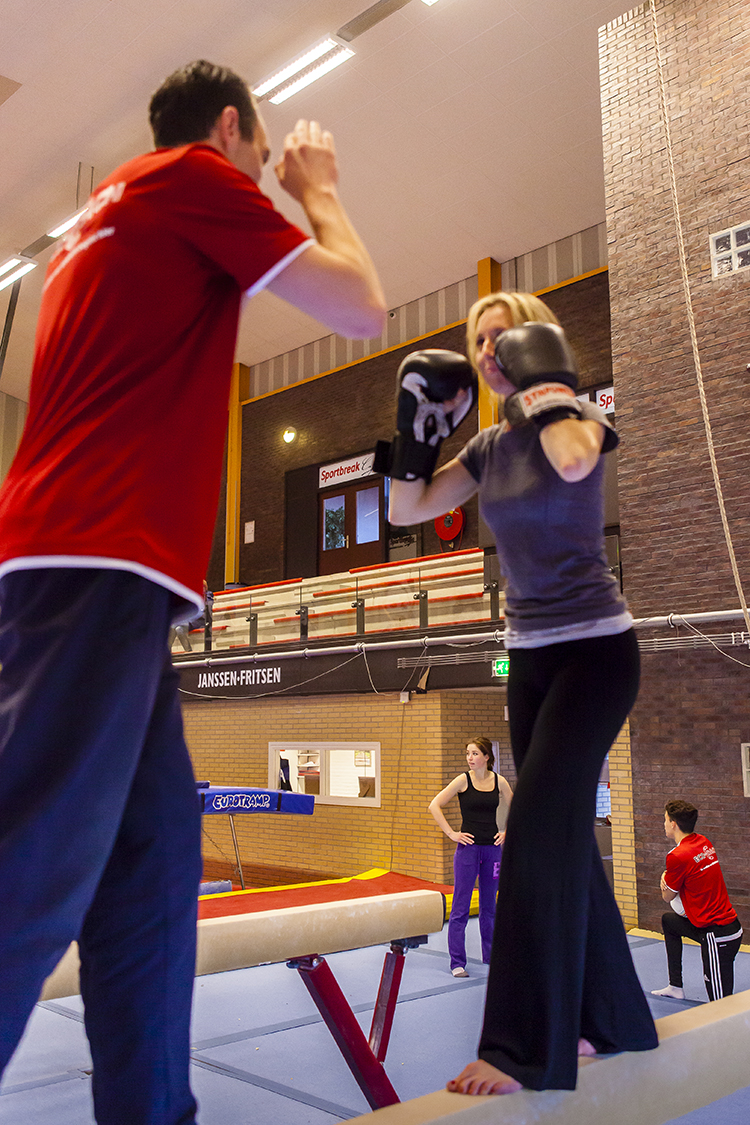
Boxing on a high beam
We already know the great benefits of boxing from previous articles; core strength, balance and improved reaction. Now add the “scare factor” of a high beam and an opponent who hits back or “trash talks” and see if you can work at your best. If you want more of a challenge, do this one at the end of an exercise session when you’re a little bit physically and mentally tired.



